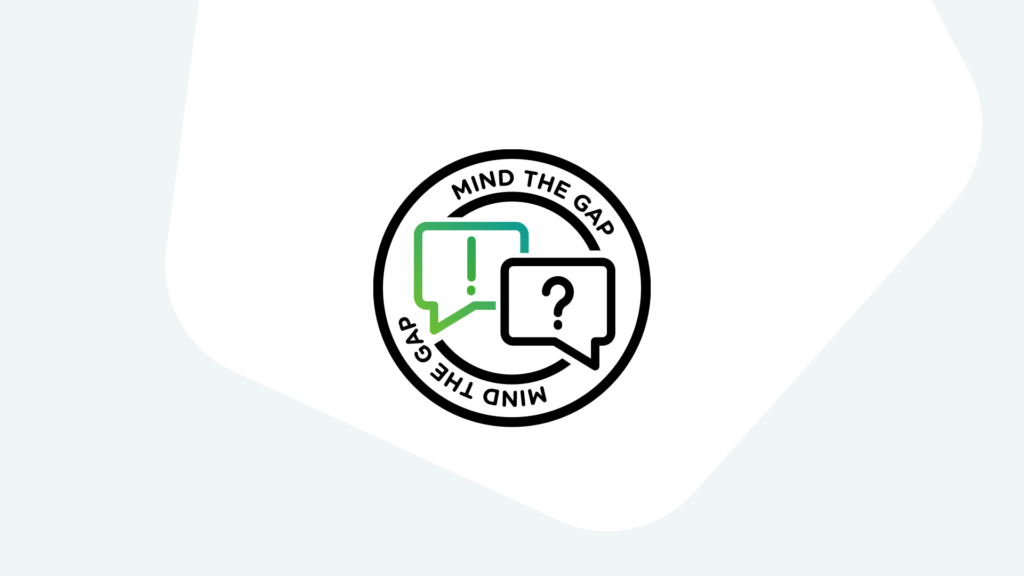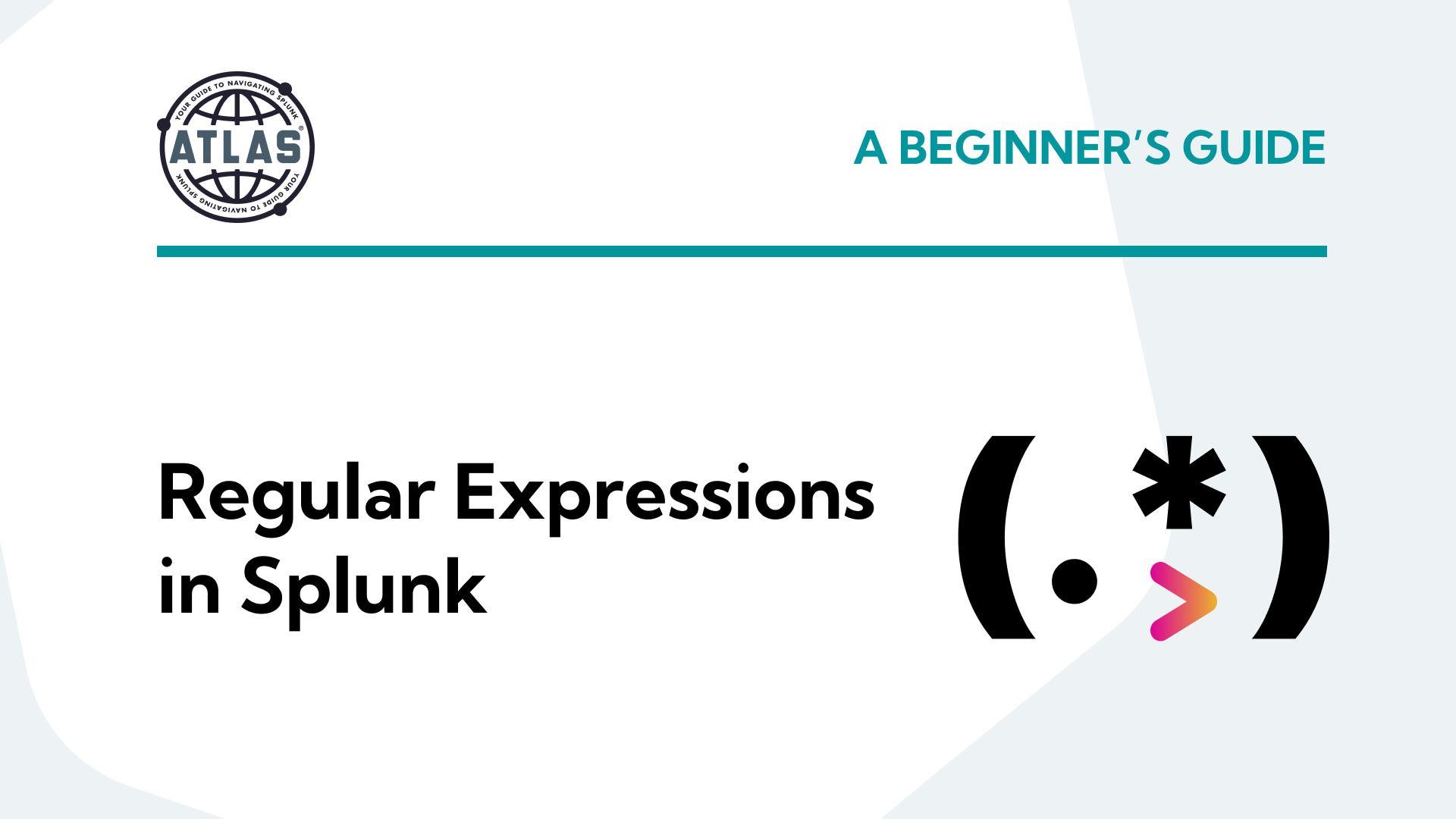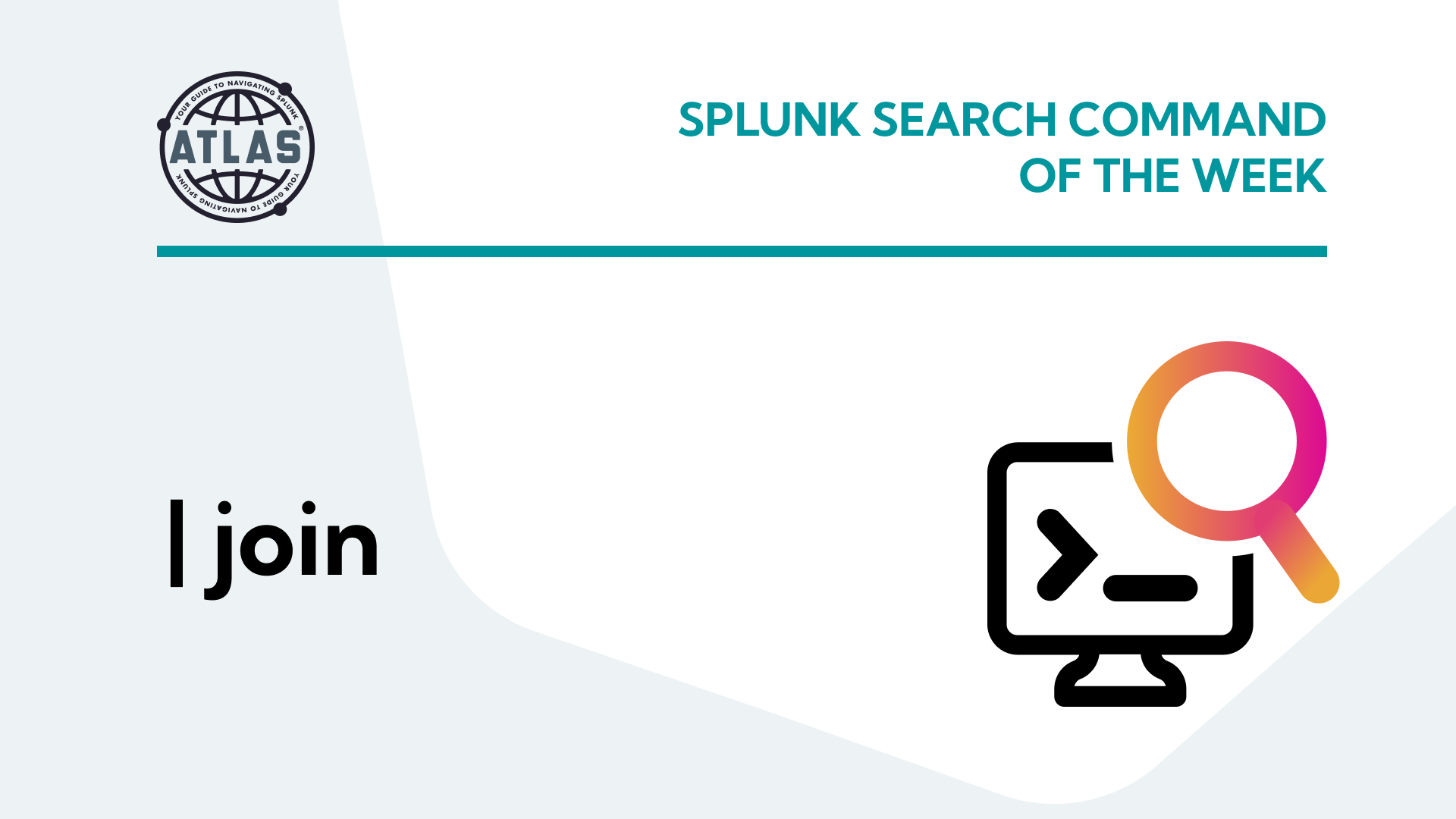Splunk, the amazing “Data to everything” platform, provides some of the best tools and abilities available to really control, analyze, and take advantage of big data. But you don’t build such a powerful and expansive platform over a decade without it being a bit technical, and even difficult, to fully utilize.
This technical hurdle — that we lovingly call the “Usability Gap” — can stop Splunk adoption in its tracks or stall an existing deployment to its ruin. By clearing the Usability Gap, however, a Splunk environment can prosper and deliver a fantastic return on your investment.
So it begs a question — “what is the Usability Gap, and how do I get across?”
How to Recognize the Gap
What exactly makes up the steep cliff sides of the “Usability Gap?” Well, these symptoms can manifest themselves in any Splunk deployment or client ecosystem, and is caused just as much by human elements as technical blockers.
The key to any good Splunk deployment is a properly focused admin. Many admins or admin teams were handed Splunk as an additional responsibility instead of a planned and scoped aspect of their job. This disconnect can lead to under-certified admins who lack the time and experience needed to quickly solve issues and incoming requests from Splunk users.
Splunk users can also be underequipped and undertrained. While formal training is available for users with Splunk Fundamentals certification and other online training, they may not meet the user where they are, and those solutions lack the benefits of in-person training with real, actionable data. These issues can be big blockers for learning Splunk and increase the time it takes for users to become confident with the system.
If you’re still not sure if you have a Usability Gap issue, check the activity found on the system itself. If your Splunk search heads are getting little action from users and admins, you know for a fact that something is coming between your users and their Splunk goals.
What a Gap Means for You
What are the consequences of a Usability Gap? They are wide ranging and impactful.
With a lack of focus and experience, admins are going to be severely hampered in achieving outcomes with Splunk. When technical issues arise with the complex Splunk ecosystem, or a unique data set requires attention, admins will have to carve out time to not only work on the issue at hand but learn Splunk on-the-fly as well. Without the proper support, progress slows and a lack of Splunk best practices is to be expected in these deployments.
Users without a watchful or knowledgeable eye will be left to their own devices. This can lead to poorly created searches and dashboards, bad RBAC implementation (if implemented at all), or worse — no movement at all. Without a guiding hand and training, the technical nature of Splunk will eventually cause users to misconfigure or slow down the platform, or just not adopt such an imposing tool. These issues together can lead to a peculiar event, where Splunk is labeled as an “IT tool for IT people.” This is far from the truth, but if users are not properly trained, and admins don’t have time to be proactive, only the technical savvy or previously experienced will be able to utilize the investment. While some outcomes will be achieved, many organizations will realize their significant investment isn’t aligned with their outcomes and will drop Splunk altogether, putting all the effort and time invested to waste.
Mind the (Usability) Gap
Fortunately, there’s an easy answer for solving these problems and bridging the Usability Gap in your environment — the Atlas™ Platform for Splunk. Atlas is geared towards increasing and speeding up Splunk adoption and enabling Splunk admins to do more with their investment. Let’s look at the elements of Atlas that help bridge the Usability Gap!
The Atlas Application Suite, which is a collection of applications and elements that reside on the search head, helps admins improve their deployment, and zero in on giving users a head start with achieving outcomes in Splunk. One such application is the Atlas Search Library.
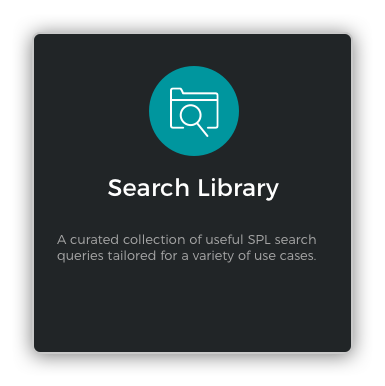
Search Library gives users an expandable list of Splunk searches that are properly described and tagged for discoverability and learning. Using the Search Library, a Splunk User can create a library of knowledge and outcomes when it comes to the complex nature of Splunk’s Search Processing Language. This greatly accelerates skill sharing and education around SPL — one of Splunk’s biggest roadblocks.
Another element is the Atlas Request Manager. This application greatly increases the usability of Splunk by quickly linking admins and user with a request system built into the fabric of Splunk itself. Admins no longer need to spend time integrating other solutions, and users receive a robust system for asking for help with creating dashboards, Splunk searches, onboarding data, and more — all within Splunk!
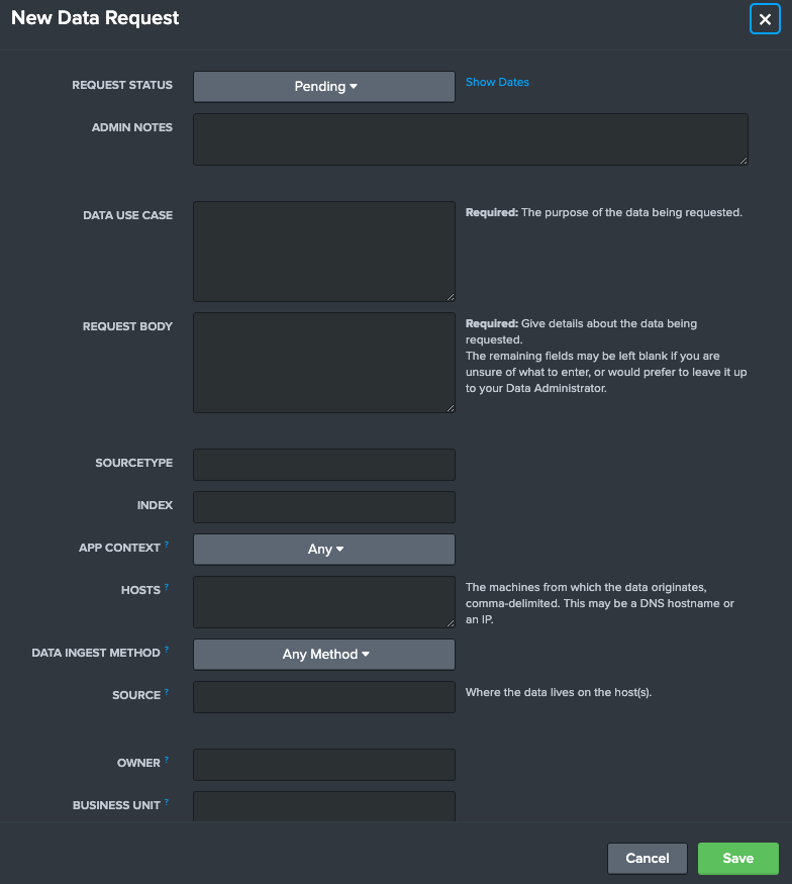
Last, but certainly not least in bridging the Usability Gap, is Atlas Expertise on Demand. Expertise on Demand (EOD) is a lifeline to Kinney Group’s bench of trusted, Splunk-certified professionals when you need them most. EOD provides help and guidance for achieving outcomes in Splunk, and can lead the charge in educating your admins and users about all things Splunk. With EOD, your admins and users have all the help they need to maximize their Splunk investment.
Wrapping up
The Usability Gap is too big a problem to ignore. Frustrated users, overtaxed Splunk admins, and a clear lack of outcomes await any Splunk team that ignores the clear symptoms and issues presented by the Usability Gap. Hope is not lost, however! The Atlas platform is purpose-built to help you get over the hurdles of adopting and expanding Splunk. With incredible tooling to simplify searches, SPL gaps, and managing requests, not to mention Expertise on Demand, Atlas provides the support admins need and Splunk users with the attention they deserve for education and meeting their Splunk goals!
This just scratches the surface of what Atlas can do for your Splunk journey, so read more about our incredible platform and discover what you are missing!

